C O N N E C T I V I T Y
Connectivity: the final hurdle in achieving what the best couldn’t achieve all by themselves. That is the key. Having cars connect to one another. To have a common database of information for road, traffic and weather to guide, even warn, other road-users is something they see in the near future. A car should be able to identify where it is, what else it is with and what the conditions are: if there is a new speed limit, or a new service road, or a new fuel station on the road, or, even if there is snowfall. The car travelling there at that point of time should be able to communicate that information to other cars which may head there in a few hours, or even a day’s time, simultaneously updating the database using cloud computing and data management.
Sensors, especially sensors capable of the cloud, will be required in cars, and, as in smartphones, they will be put to use in ways which Bosch hope will benefit every road-user. Cars will have to provide telemetry, which will improve everything. Already, Bosch components and sensors are in one out of five phones. That share rises to one in two for smartphones. The Bosch wafer fabrication centre in Stuttgart is already set to take care of the demand for billions of sensors.
It doesn’t end there; the aim is to make life easier, so much so that everything from charging your electric car to using the train or a bus or a public utility, like the library, will require one ticket. Just one ticket for everything. This vision of connectivity requires an effort not just from companies but also from the governments of countries, and their setting up of infrastructure thereof.
mySPIN Smartphone Integration
Among the technologies demonstrated was mySPIN, which takes away the hassles and distractive inconvenience of using a mobile phone while driving. The system effectively pairs the phone and its app functions to the car’s multimedia system, ensuring a safe and reliable in-car use. Whether iPhone or Android, the smartphone connects via USB and displays essential information, allowing drivers to use their apps without compromising on safety.
The new Jaguar XE was prepped with mySPIN and demonstrated how easy it was to use the phone’s music-player or navigation system, or even the internet browser without the level of distraction when compared to hand-held operation.
Display-based Instrument Cluster
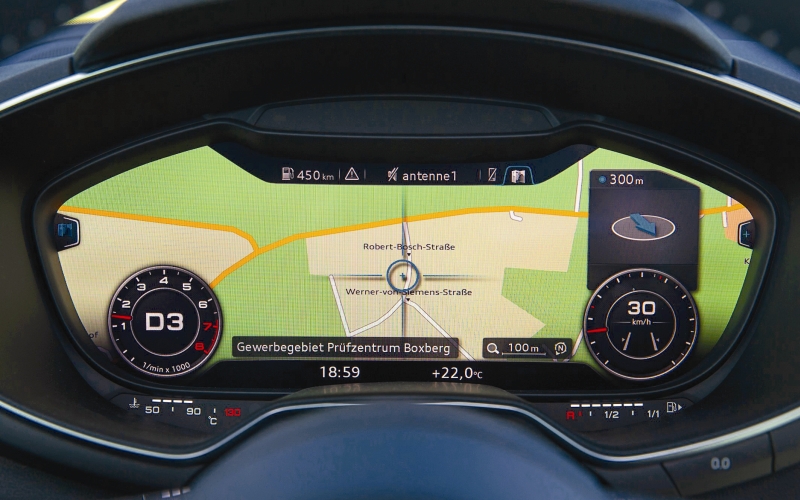
Having a full-colour digital display as your information console behind the steering wheel is one of the easiest ways to deliver important information to the driver without any sort of distraction or worries about priorities.
In the new Audi TT, the display-based cluster is positioned directly in the driver’s field of vision. Apart from the speedo and tacho, it can also display navigation data, or output from the car’s night vision assist or parking camera. The control unit prioritises how information is displayed. More important information is displayed in a larger and easier to read format in the foreground, while less important information recedes into the background.
Predictive Hybrid Powertrain
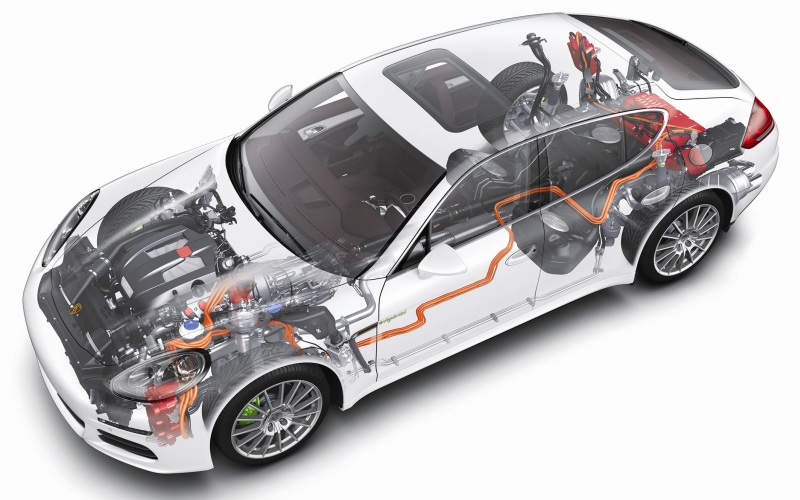
Imagine having your car’s hybrid drivetrain connected to the Internet, so it knows when it needs battery power and when it can unleash the petrol engine. That’s just what Bosch have created. Prepped in the Porsche Panamera S e-hybrid, the specially-developed sensor allows the car to recognise the outside world, and, when connected to the navigation system, allows it to know when a congested city centre or a highway is approaching. This lets the car charge the battery pack for use in the city, or ready the petrol engine for some highway mile-munching.
Linking the hybrid energy management system to the powertrain and the sensors helps the car manage its charging and switch between the combustion engine and electric motor as needed to minimise emissions and optimise fuel efficiency.
Wrong-way Driver Warning
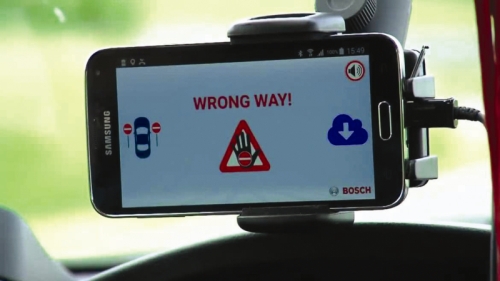
Unlike India, where going down the wrong side of a road comes as easily to many as ordering a sandwich, wrong-way driving in Europe or places with better infrastructure can lead to chaos. Having a car connected to the cloud using a data connection, and equipped with road sign recognition, GPS and navigation data can let the car warn the driver when it enters a lane or road in the wrong direction.
Using car-to-car communication, the system also issues a warning to other connected cars which may be endangered in the path of the vehicle heading the wrong way, thanks to a selective warning system.


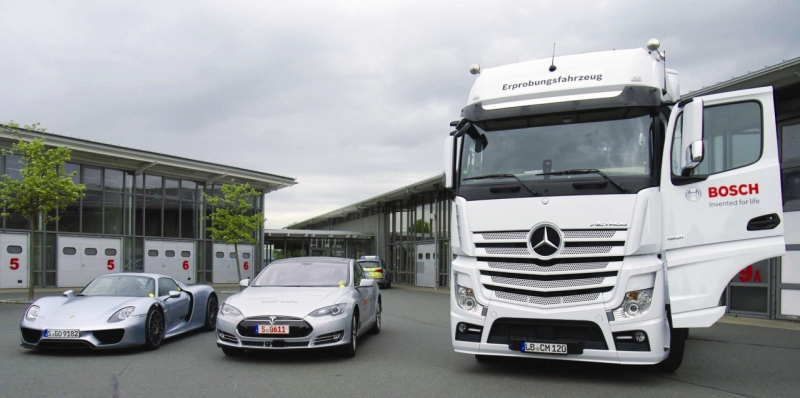
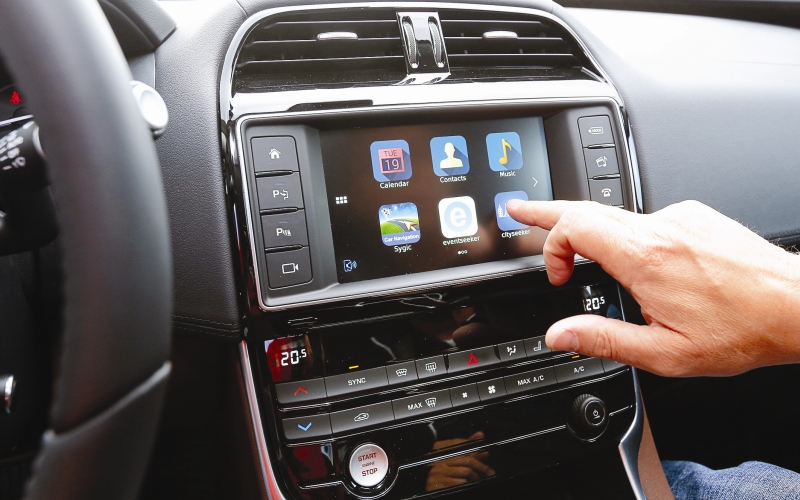




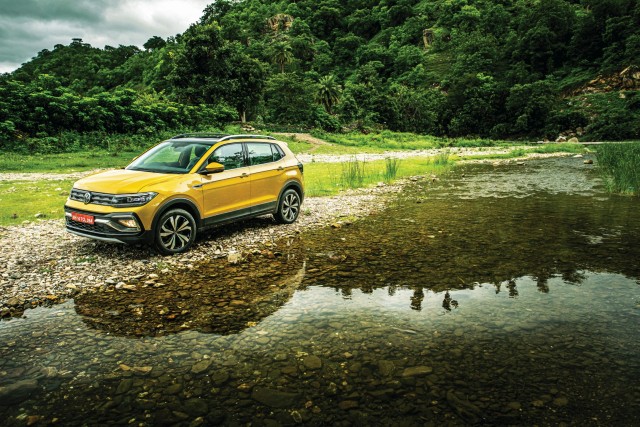
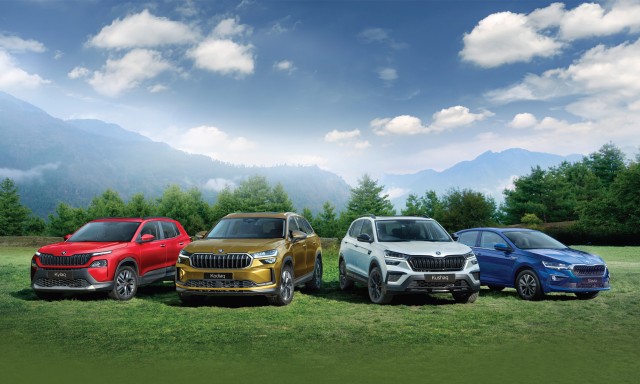

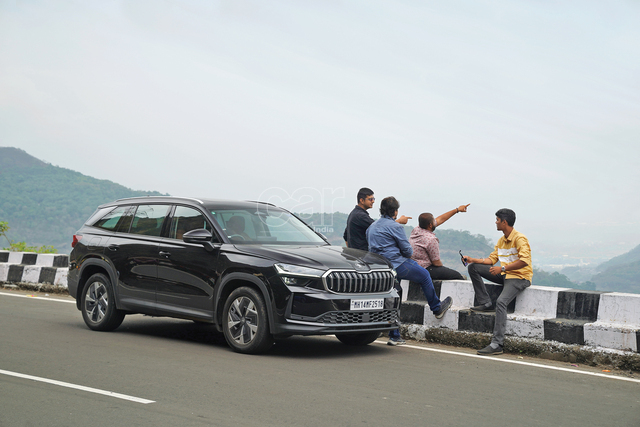


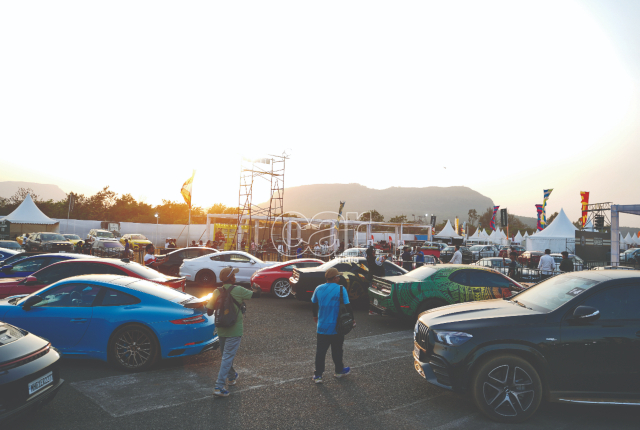
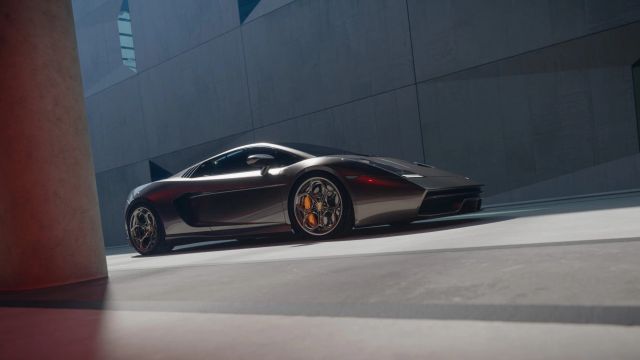
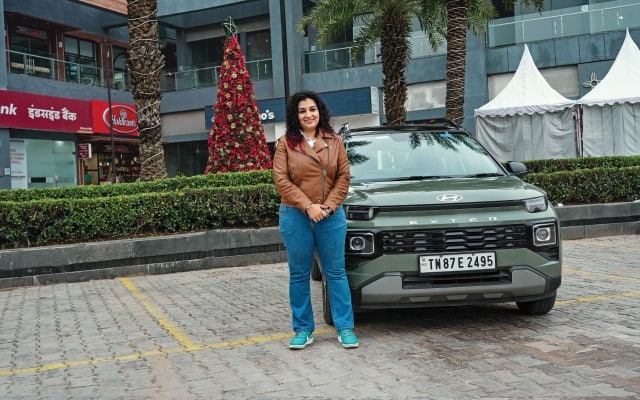
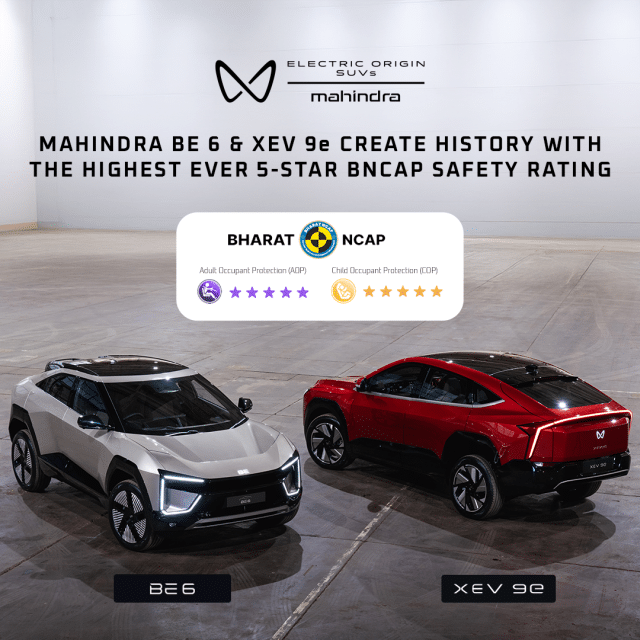
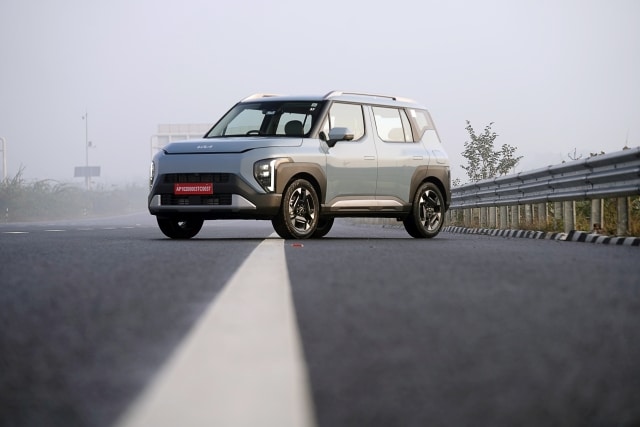




Leave a Reply